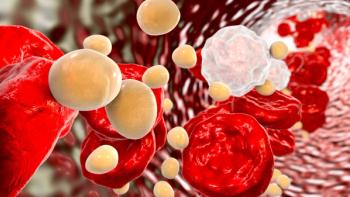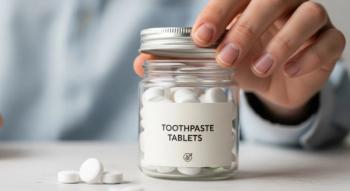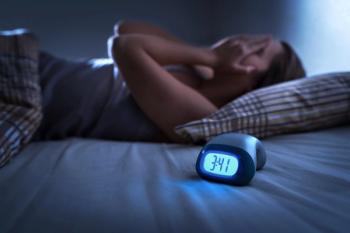
Topical Insulin May Provide Relief to Patients with Diabetes and Dry Eyes
Topical insulin helps acinar cells proliferate and speeds the repair and healing of the lacrimal gland by stimulating the insulin-like growth factor-1 receptor (IGF-1R).
At least 15% of people with diabetes suffer from dry eye disease (DED), which blurs vision and causes pain, itchiness, and dryness. DED results from reduced corneal nerve density that impairs the lacrimal gland (main gland responsible for diluting tears) as diabetes progresses.1
Consequently, the eye releases hyperosmolar tears, which cause ocular irritation and dry eye.1
The American Diabetes Association (ADA) recommends environmental and lifestyle changes in mild cases, including taking breaks while using technology—such as a television, computer or smartphone—for long periods, using humidifiers, and employing warm compresses.
Clinicians have prescribed ocular lubricants including artificial tears as mainstay treatment for DED but are only used for symptomatic relief. Topical insulin helps acinar cells proliferate and speeds the repair and healing of the lacrimal gland by stimulating the insulin-like growth factor-1 receptor (IGF-1R).
In a new study published in Eye & Contact Lens, researchers studied the efficacy of topical insulin compared to artificial tears. People with diabetes who exhibited the symptoms and signs of DED applied topical insulin 1 unit per mL, 1 drop 4 times per day for 4 weeks in this randomized, double-blind interventional study. The control was standard artificial tears. To measure efficacy of treatment, the study evaluated Baseline Ocular Surface Disease Index.2
Improvement occurred in both those administering topical insulin and standard artificial tears. Additionally, the study concluded that the treatment and standard artificial tears were equally efficacious. They suggest that topical insulin 1 unit 4 times daily (dissolved in normal saline) may be an option for patients because it is inexpensive and readily available.2
Even though clinicians prescribe the treatments mentioned above often for DED, it is important to know when the patient should be referred. The ADA recommends seeing a doctor or ophthalmologist if symptoms persist or cause serious pain despite trying over the counter eye drops and anti-inflammatory medications.
The ADA also warns that this disease is incurable, but can be managed effectively.
References
- Conrady CD, Joos ZP, Patel BC. Review: The Lacrimal Gland and Its Role in Dry Eye. J Ophthalmol. 2016;2016:7542929. doi:10.1155/2016/7542929
- Aniah Azmi N, Bastion MC. Short-Term Results of Trial of Topical Insulin for Treatment of Dry Eyes in Diabetics. Eye Contact Lens. 2019 May 22. doi: 10.1097/ICL.0000000000000623. [Epub ahead of print]
Newsletter
Stay informed on drug updates, treatment guidelines, and pharmacy practice trends—subscribe to Pharmacy Times for weekly clinical insights.



















































































































































































































